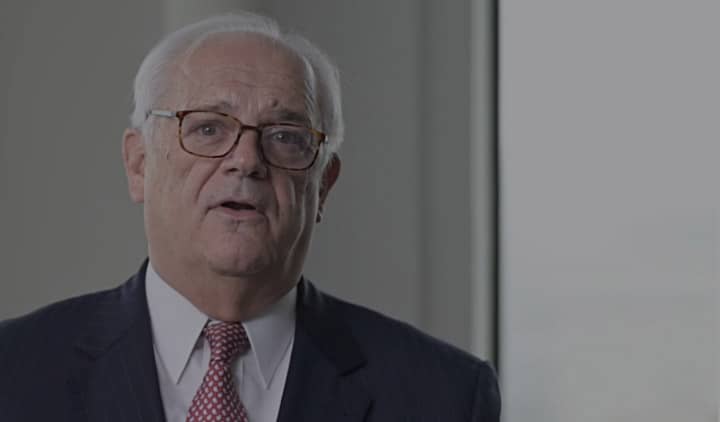Car accidents cause confusion and stress, which can distract the drivers involved. This prevents the driver from making informed decisions at the moment. A driver who learns about the specific steps involved in the aftermath of a collision is a driver that is more likely to record key details in future accidents.

Stay With Your Car
If either party sustained an injury during the collision, remain at the scene. Call the police and notify them of the accident and injury. The police are liable to charge any individual who leaves the scene of an accident with hit-and-run. A hit-and-run charge results in a fine and jail sentencing for up to one year. The same charge applies if both parties are uninjured, but one of the drivers neglects to exchange their information.
Change Locations
If the collision didn’t injure either driver, both drivers should move their cars to a safer location. This applies to collisions that occur in roadways and obstruct traffic. Do not attempt to move any car that seems dangerous to operate, but reconvene with the other driver in a safe, nearby location.
Take Detailed Notes
Write down pertinent details of the other car involved in the accident, including their vehicle’s license plate number, color, make, and model. Ask to record contact information from any witnesses or associated police officers.
Next, the exchange driver’s license, registration, and insurance details. San Francisco car accident lawyers recommend using the other driver’s insurance card or registration to record their Vehicle Identification Number (VIN).
Lastly, take pictures of the scene of the accident, if road conditions are safe. Take pictures when, and how, you can – even if this means capturing a picture from across the street while waiting for the police.
Keep Conversation to a Minimum
You should only converse with the other driver to collect data – not to small talk. Do not verbally admit fault in the accident. Do not say anything that implies your acknowledgment that the accident was your fault, especially not when witnesses are present.
The second piece of information to withhold from the other driver is your condition. Major injuries are obvious, but minor injuries can be undetectable immediately after an accident. Even if you feel fine, do not tell the other driver this information. Otherwise, if you do sustain minor injury from the accident, an insurance company will likely use your previous testimony as a reason not to award you compensation.
What to Do if Only One Driver Present
A driver should address a collision with an unmanned vehicle following the same general guidelines discussed above. This circumstance requires you to be just as thorough to avoid unintentionally breaking the law.
Record details about the unknown driver’s car and leave your own details in a noticeable location on the car. Many drivers opt to leave their note under the windshield blades of the car, so the unknown driver sees it immediately. Unlike the information exchange discussed before, this situation calls for you to leave only your name and address, and an explanation of the collision. This explanation should follow the same direct quality as verbal communication. For example, simply stating that the vehicle collided with the unknown driver’s car, is enough.
Document Everything, Then Report
In either type of collision, record your personal account of the incident. Compile the notes and photos you took and document any injury you have. Take more pictures of your car’s damage, and even take pictures of the bruises that might not look serious at first glance. After you acquire all documentation, report the accident to the Department of Motor Vehicles (DMV) in San Francisco and your insurance company.
Gaining knowledge about scary situations makes them less intimidating to address. Car accidents happen every day, so it is best to be prepared rather than scared. Keep these tips on hand and handle any vehicular-related collision like a pro.


